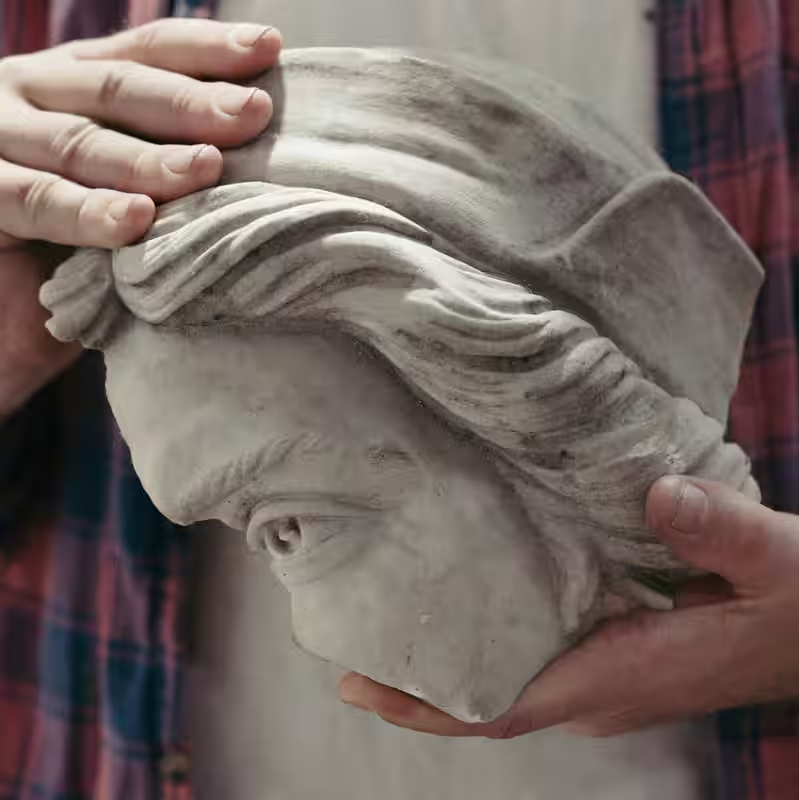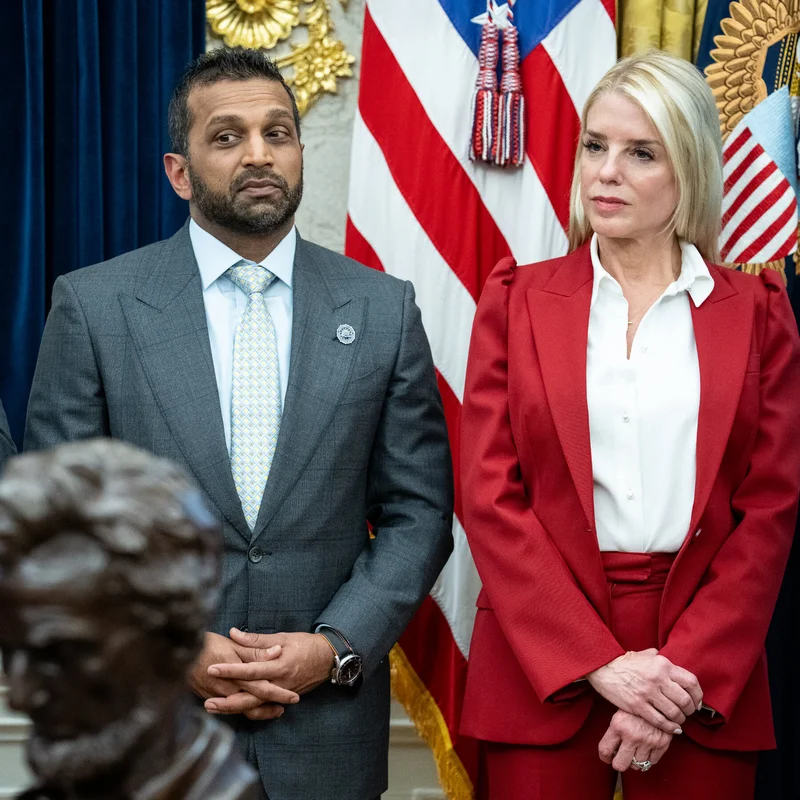The summer of 2020 saw a historic reckoning with public monuments. Among the most targeted were statues of Christopher Columbus—symbols once celebrated, now scrutinized. Over 30 were toppled, beheaded, or quietly removed across the U.S. and beyond. But what happened next? Far from being melted down or forgotten, many of these controversial figures are getting a second act—in basements, private clubs, and curated museum spaces.
From Public Plazas to Private Patios: The Great Columbus Relocation
Christopher Columbus statues, once towering fixtures in city parks and government squares, are finding quieter, more controlled homes. In Chicago, the bronze Columbus pulled from Arrigo Park in 2020 won’t return to its pedestal. Instead, it’s slated for an indoor display—preserving the artifact while removing it from public controversy .
Similarly, New Haven’s Wooster Square statue—once a focal point of Italian-American pride—now resides at the Lost in New Haven museum, where it’s presented not as a hero, but as a historical artifact with layered meaning .
Restoration and Recontextualization
Restoration efforts are often led by Italian-American heritage groups who view Columbus as a symbol of their immigrant legacy, not colonial conquest. A 2,000-pound bronze statue in Rockland County, New York, was meticulously restored by the Sons of Italy and unveiled in 2024 at their lodge in Blauvelt—a space that frames the explorer within cultural pride rather than civic glorification .
This shift reflects a broader trend: instead of erasure, there’s an attempt at recontextualization. Museums and private institutions are becoming custodians of contested history, offering space for dialogue without the divisiveness of public plazas.
Why Columbus? Why Now?
For decades, Columbus Day celebrated discovery. But Indigenous communities and historians have long pointed out that his 1492 voyage marked the beginning of colonization, slavery, and genocide. The 2020 protests—sparked by the murder of George Floyd—amplified these voices, turning monuments into flashpoints.
Statues in St. Paul, Columbus (Ohio), and Mexico City were among those removed amid calls for racial justice and historical accountability . Yet removal wasn’t the end—it was a pivot.
Where Are They Now? A Snapshot
| City | Original Location | New Home | Status |
|---|---|---|---|
| Chicago, IL | Arrigo Park | Indoor display (location TBD) | Removed 2020, not returning |
| New Haven, CT | Wooster Square | Lost in New Haven Museum | On display since 2025 |
| Blauvelt, NY | Former public site | Sons of Italy Lodge | Restored and unveiled 2024 |
| St. Paul, MN | State Capitol grounds | In storage / under review | Removed by Indigenous activists |
The Future of Contested Monuments
The fate of Columbus statues may offer a blueprint for handling other controversial figures. Rather than binary choices—keep or destroy—communities are exploring nuanced paths: preservation with context, relocation with reflection.
As one heritage group leader put it: “We’re not erasing history. We’re changing where and how we tell it.”
What This Means for Public Memory
Public art shapes collective memory. When that art is contested, its removal can feel like justice—or loss, depending on your perspective. The quiet resurrection of Columbus statues in non-public spaces suggests a compromise: honor cultural identity without imposing a singular narrative on shared civic ground.




